Initially, apply ice — wrapped in a towel — to the sore region on your back for 10 to 20 minutes to reduce swelling. After two or three days, switch to heat for the same amount of time, but be careful not to leave it on any longer to prevent burns.
If you suffer from lower back pain, there is a high likelihood that a muscle strain caused it. This happens when the muscles and ligaments that hold your spinal column in place are stretched too far, resulting in a rip or tear in the muscle. The spine will then become less stable and will put pressure on the nerves in your back.
While the lower back is where most of the pain resides, nerves run throughout your entire back, so other pain is possible if the issue is left untreated.
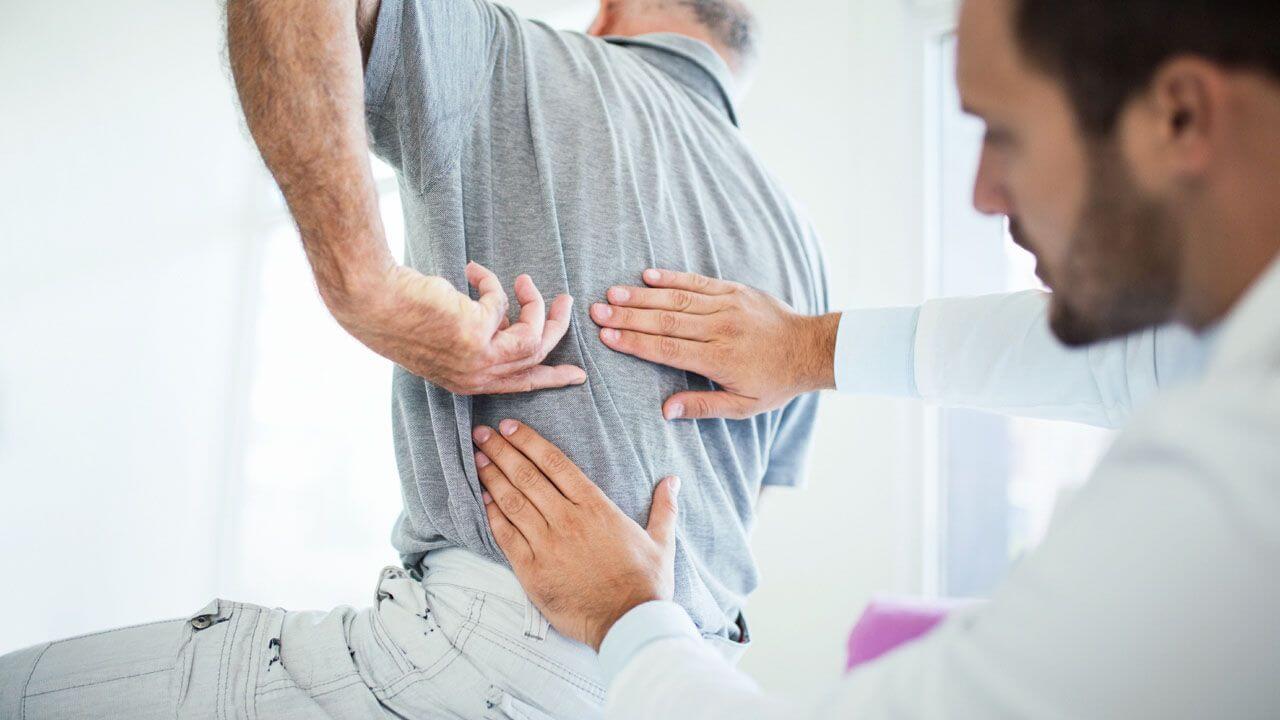
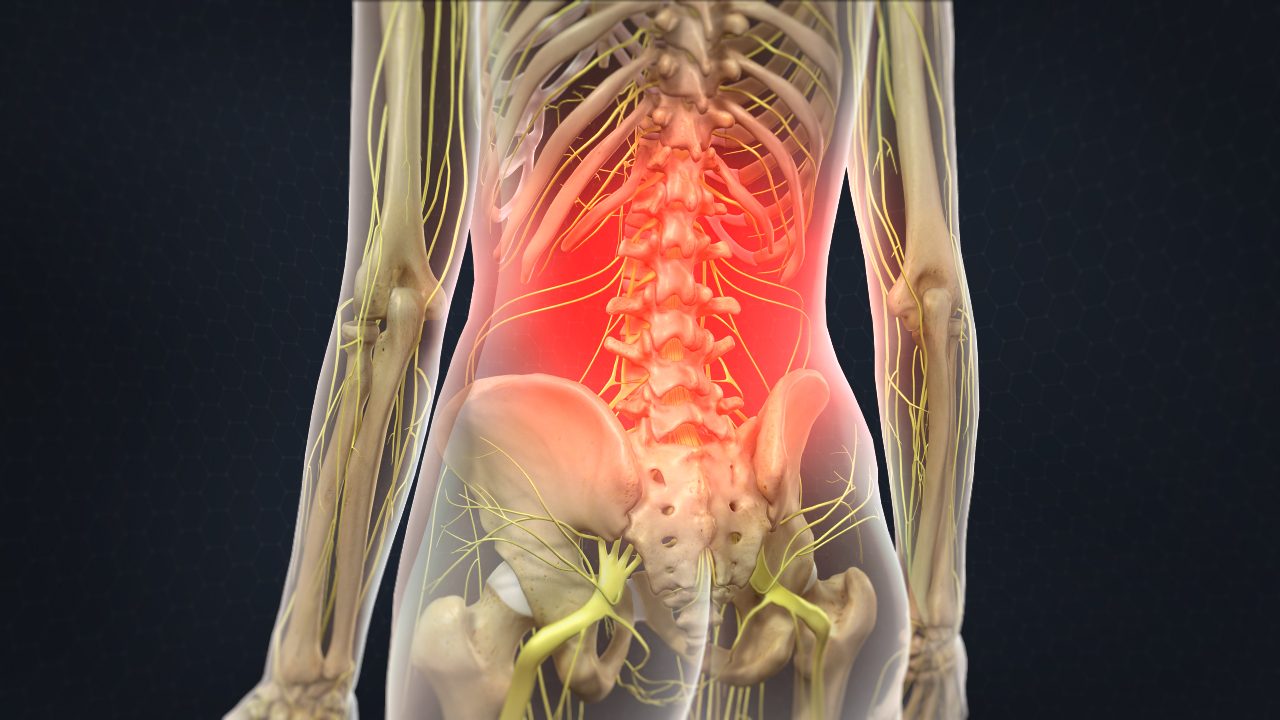
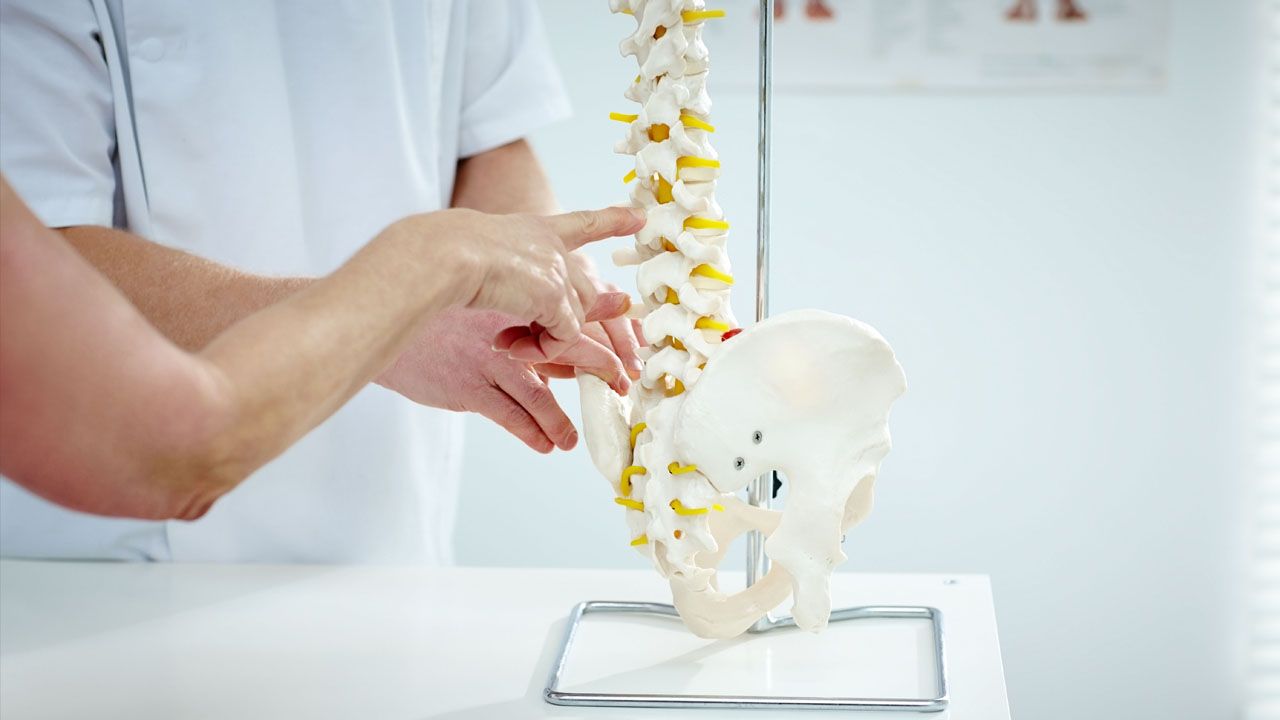
There are a few ways the back muscles can tear. This can happen in one big event, or the muscles could become fragile over time and rip with the slightest movement. Age is undoubtedly a factor to consider — ages 30 and above often see their first bout of low back pain — but it can happen to anyone at any time.
The following events can trigger or contribute to a lower back strain:

Lower back strain can be treated — the quicker you seek treatment, the quicker the resolution will be. Most cases will heal on their own over time, but you can do some things to speed up the process.
Initially, apply ice — wrapped in a towel — to the sore region on your back for 10 to 20 minutes to reduce swelling. After two or three days, switch to heat for the same amount of time, but be careful not to leave it on any longer to prevent burns.
Turning to anti-inflammatories or other drugs for back pain should only be done by your doctor’s recommendation. Over-the-counter options will help but should only be taken occasionally. Prescription painkillers and muscle relaxants have also been effective.
Use this opportunity to take a spa day. Getting a massage or using pain relieving creams can help relax tense muscles around the affected area.
Utilizing physical therapy services for strained muscles is a helpful way to regain independence. Physical therapists will assist you by curating specific exercises to strengthen the muscles in your back and prevent another occurrence of back strain. Resting your back is only recommended for brief periods — bed rest can worsen the issue.
Doctors will usually try the least-invasive option first. However, in more extreme cases, back muscle strain may require surgery. Surgeries usually treat an underlying condition that has led to lower back pain.
At Desert Institute for Spine Care, we offer several surgeries to treat various conditions.
Physical therapy will teach you exercises to prevent another back strain, but how can you prevent it in the first place?
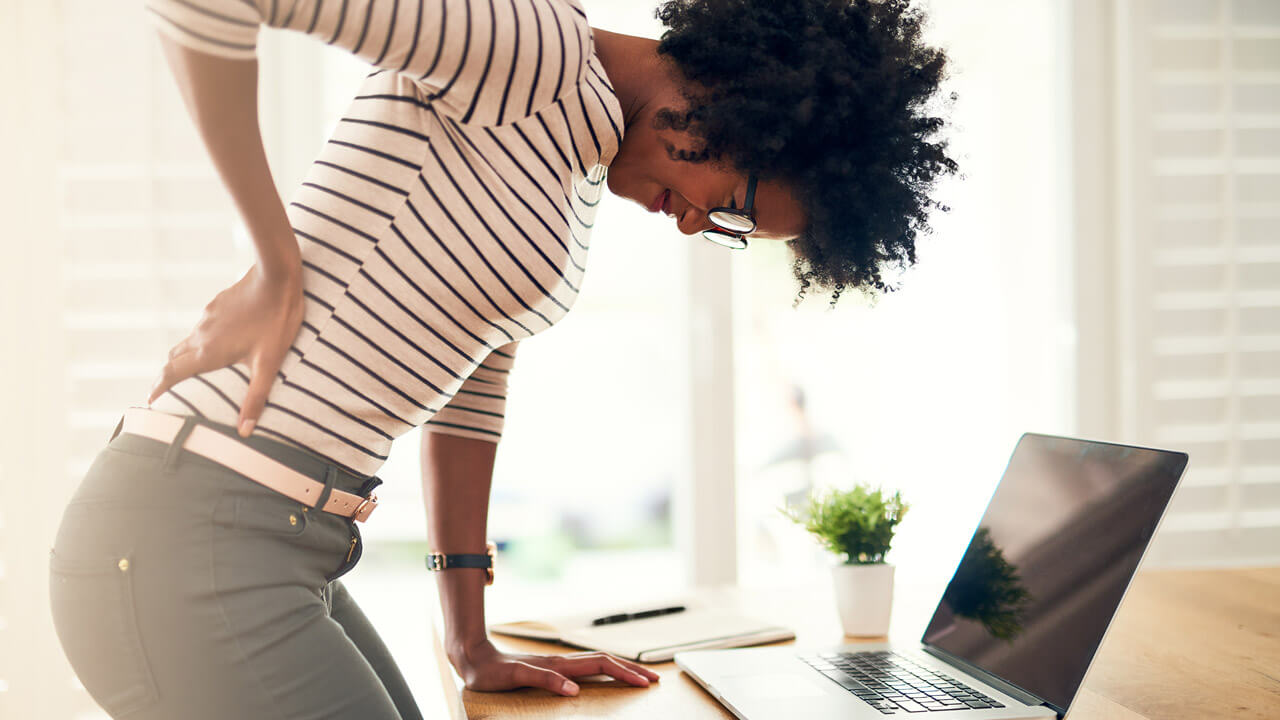
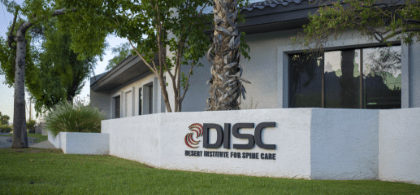
Desert Institute for Spine Care is committed to helping you find the proper treatment for your lower back muscle strain. Rely on our expertise to guide you through finding a solution. Our surgeons are some of the best in their field and want to help you get back to your favorite activities. For more information, contact DISC today to begin the healing process.
Our spine health blog features up-to-date spine education and expert spine tips from our spine specialists here at DISC.
1635 East Myrtle Avenue Suite 100, Phoenix, AZ 85020, USA
18700 North 64th Drive Suite 105, Glendale, AZ 85308, USA
8630 East Vía de Ventura Suite 210, Scottsdale, AZ 85258, USA
3487 South Mercy Road, Gilbert, AZ 85297, USA
1635 East Myrtle Avenue Suite 400, Phoenix, AZ 85020, USA